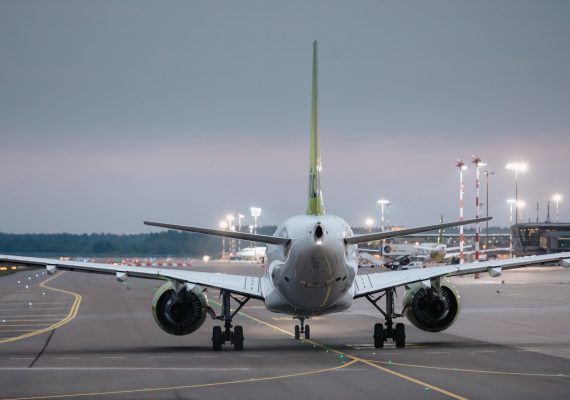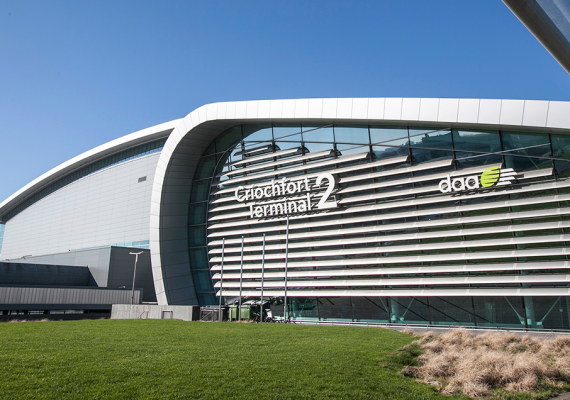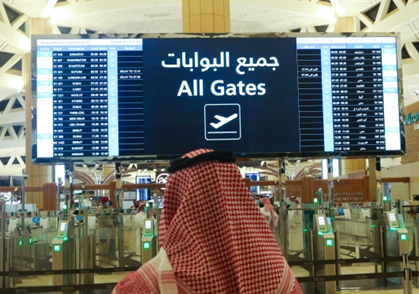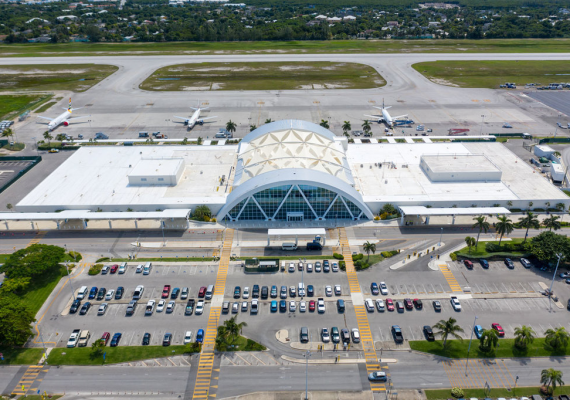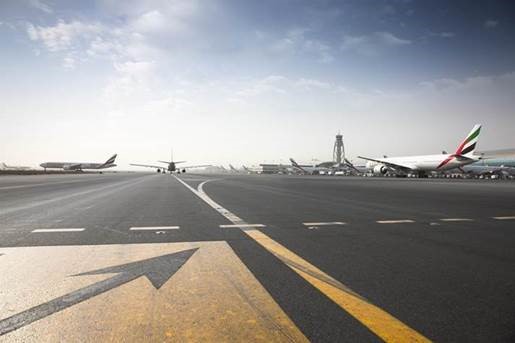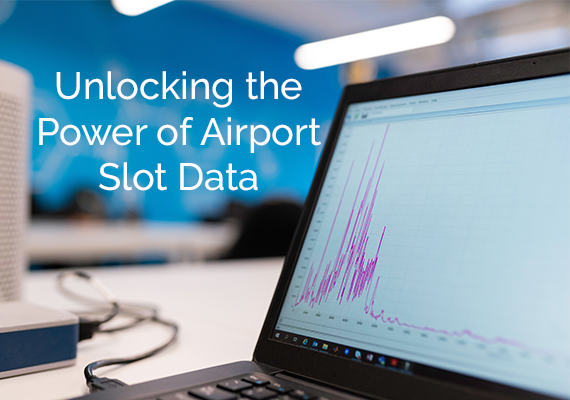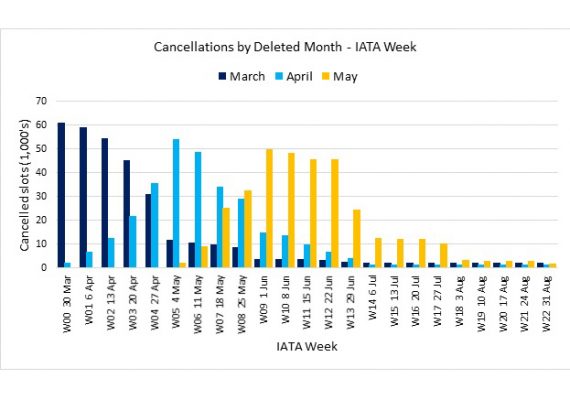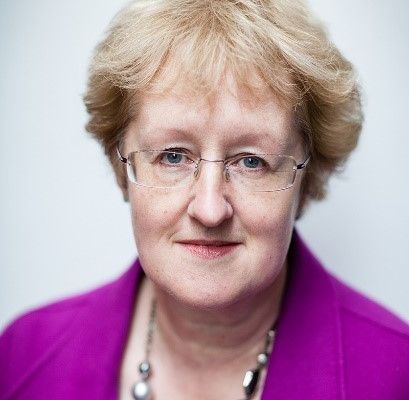The prospect of an additional runway at London Heathrow has increased the interest in slot allocation within airlines, airports and Government. The Government Green Paper on Aviation included the slot allocation process as an area for consideration. The interest in additional slots at London Heathrow and how they will be allocated, has raised questions of the current slot process and how reform may be required to accommodate the release of significant capacity.
ACL considers these questions and the ongoing debate about the effectiveness of the current approach to slot allocation
Is the current slot regime fit for purpose for the allocation of significant capacity?
Whilst the current EU Slot Regulation[1] and IATA process as detailed in the IATA Worldwide Slot Guidelines (WSG)[2] are not perfect they have provided a sound framework for capacity to be allocated in a transparent, fair and non-discriminatory way.
Taking the single element of allocating new capacity. New entrants have been able to enter new markets and existing carriers have had the opportunity to grow under the current regime at Level 3 airports. Commentary surrounding London Heathrow expansion often focusses on the inability for airlines to gain access and to grow to a level that offers effective competition. That may well be the case but is that as a result of the current regulatory and industry framework?
When comparing London Heathrow Airport to its main competitors in this area, the main difference is that other airports have released capacity and at levels that has allowed airlines to enter and grow. The current slot regime on slot allocation has supported this and has been generally embraced by airlines and airports. London Heathrow on the other hand, has an Air Transport Movement (ATM) Cap of 480,000 movements and high historic demand. This has denied carriers from growing and entering the London Heathrow market due to insufficient capacity in the pool rather than as a result of the Regulatory framework on slot allocation. Had capacity been available then the current allocation method would have facilitated growth and new carriers entering the market in the same way as seen at London Gatwick and London Stansted.
The lack of opportunity to grow or enter an airport is possibly more restrictive than the slot allocation regime itself. The Regulation has allowed carriers to enter new markets and grow where capacity is available.
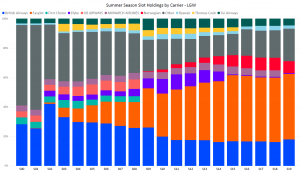
Myth – 50% of the slot pool is reserved for new entrants and the remainder for incumbent airlines.
ACL is obliged to follow the EU Slot Regulation when allocating slots. 50% of the slot pool is reserved for new entrants if there is enough demand to utilise the available slots. The Regulation does not stipulate how the remainder of the pool should be allocated other than it should be allocated to applicant air carriers as is the case for new entrants. The Slot Regulation allows 100% of the slot pool to be allocated to new entrants if the Coordinator decides that is the appropriate allocation.
The WSG has recently been updated to be more specific on the share of the pool with 50% of slots being allocated to new entrants and 50% to non-new entrants. Where this is not possible due to insufficient capacity in the pool for example if there is an odd number of slot pairs in the pool, then a 50/50 balance should be achieved over a number of seasons.
ACL is required to give regard to industry standard (WSG) however the Regulation drives the ultimate decision.
Myth – New Entrants are limited to the New Entrant pool
The Regulation sets a threshold of the number of slots an air carrier can hold, above which it no longer benefits from new entrant priority. Any requests that exceed the new entrant allocation can still be allocated as they will be considered alongside requests from other incumbent carriers.
Carriers have the option to apply for new entrant status or not. The Coordinator must take account of that request as presented at the time of allocation based on what was submitted.
Myth – Slot allocations are based on the proportions already held by incumbent airlines.
There is no reference in the Slot Regulation or the WSG that requires the Coordinator to give regard to the percentage share of slots held at the time of allocation. The WSG sets out several secondary criteria[3] including effective period of operation, curfews, competition and requirement of the travelling public to help the Coordinator with its allocation decisions. There is no specific reference to the percentage of slots held.
A carrier holding 50% of the slots at an airport should not assume that they would be allocated 50% of any new capacity released or even 50% of the incumbent pool. Slots will be allocated by applying the primary and secondary criteria which may result in that carrier getting no new slots from the pool.
Slot allocations are not driven by the proportion that a carrier holds but by the substance of the request being made. Such allocations would be made in line with the Slot Regulation and WSG. If a significant incumbent requests a limited number of slots or if other carriers submit requests which make more efficient use of an airport’s capacity to maximise benefits to airport users, the incumbent may be allocated proportionately fewer slots. Conversely, if it submits requests for a larger proportion of slots which make efficient, beneficial use of the capacity, it may be allocated a greater proportion of slots.
Are Coordinators influenced in their decision making?
The Slot Regulation requires the Coordinator to act in a neutral, transparent and non-discriminatory manner. ACL is therefore required to act in that way so has measures in place to prevent undue influence affecting the decision. The greatest deterrent to making poor decisions is the transparency of the process. All stakeholders can see the outcome of every decision ACL makes. Carriers and Airports have every opportunity to question the decision made by ACL and request justification. This is supported by the ability of ACL to be reviewed by the Coordination Committee and ultimately via a Judicial Review.
In preparing for initial coordination, the airport and airlines can explain their business plan to ACL should they choose to do so. This can provide a holistic view of slots requests that can aid a more efficient initial coordination. This process should not undermine the independence of ACL and all decisions must meet the principles of the process.
by Richard Cann- Head of Coordination
[1] EU Slot Regulation 95/93 (amended)
[2] IATA Worldwide Slot Guidelines 10th Edition – Effective 1 August 2019
[3] 8.4 WSG 10th Edition



